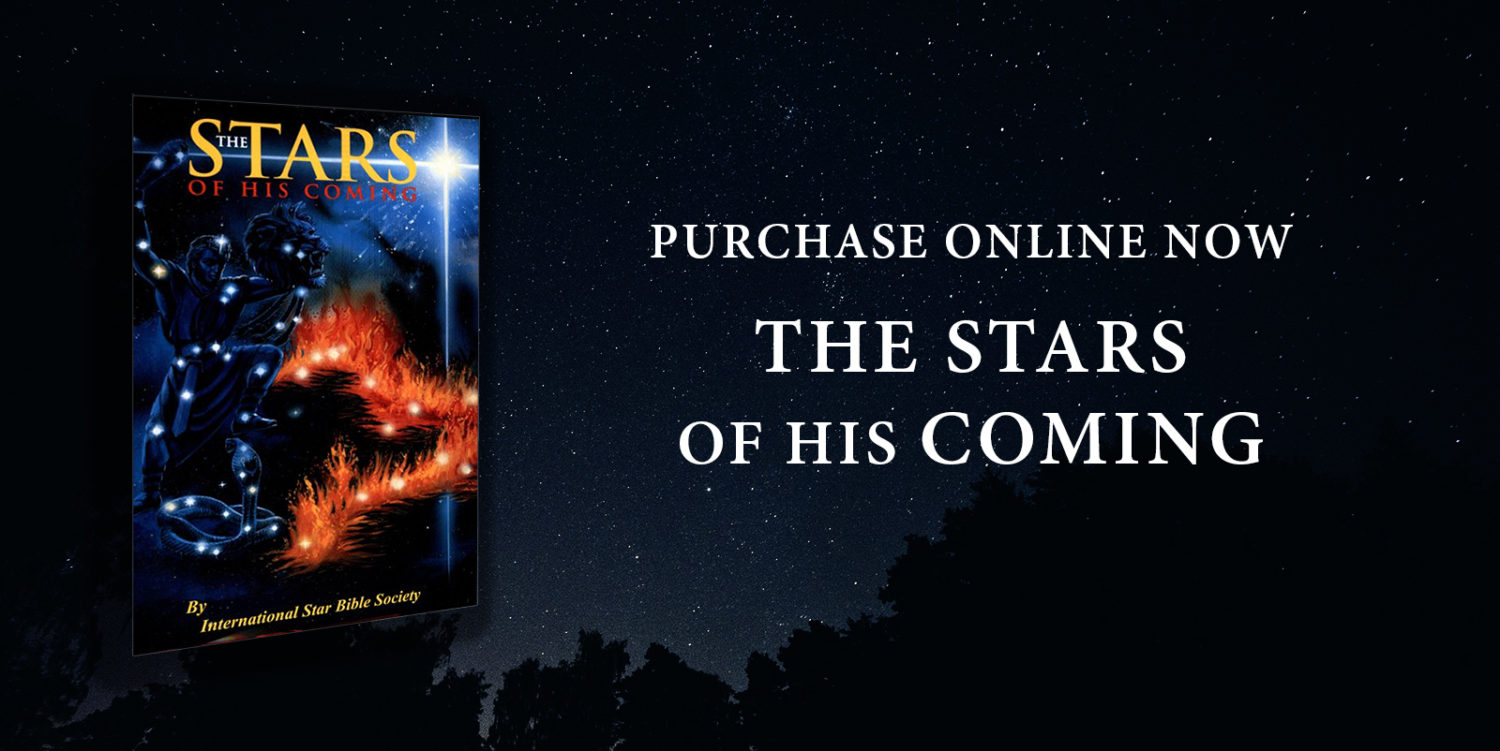Tonight the Apostle John’s vision of a Beast with seven heads (Rev 13:1 and 17:3) becomes visible to us in the constellation Cetus (The Sea Monster), which rises high in the southern sky in the mid evening hours.
The Beast in John’s vision represents the nations of the world, and the Heads represent the Great Empires of history. John tells us that five had fallen by his time, and these would be the Empires of Babylon, Egypt, Assyria/Babylon, Persia, and Greece. The sixth Empire, which ruled in John’s time, was the Roman Empire. The seventh, arising after Rome, may have been the Europeans who were united under the Popes. The ten horns of the beast represent the ten colonial European nations which ruled the world up until the aftermath of the Second World War.
The constellation Cetus is associated with the Eighth Chapter of the Star Bible, Aries (The Ram), which tells of the promised victory of the Lamb of God, the same Lamb who opens the seals in the Book of Revelation. Cetus has seven stars in its head, and one of the stars , Mira (The Rebel), is a variable Star which disappears seven times in six years. The number six is recognized as the number of man by many Bible commentaries, and the seven stars of Cetus, picture the seven sequential Empires in John’s vision.
In Cetus we have the encapsulated history of Man’s rebellion against God, as is made clear by the meaning of the Star name Mira, the Rebel. We know from John that the Beast will be thrown into the lake of fire (Rev 19:20), and the Celestial Seven Headed Monster is also pictured with its feet in the fire. In this case, the fire is the constellation Eridanus (The River of Fire), which flows out of Orion (Coming Fourth as Light), a picture of Christ’s Return (See Da 7:9-10). The defeat of Cetus is also shown in the star names Menkar (Bound Enemy) and Diphda (The Overthrown).
Cetus can be found in the southern sky around 9:00pm in the evening, just south of Aries, which is about half way between the Zenith Point and Cetus. Many of its stars are not bright, so we recommend binoculars for best viewing.
You won’t need binoculars to see the bright stars of Christ’s Second Coming to free us from Cetus, Taurus and Orion, which are following Cetus to the East. Rejoice tonight in the knowledge that the days of the Seven Headed Beast are ending soon.

